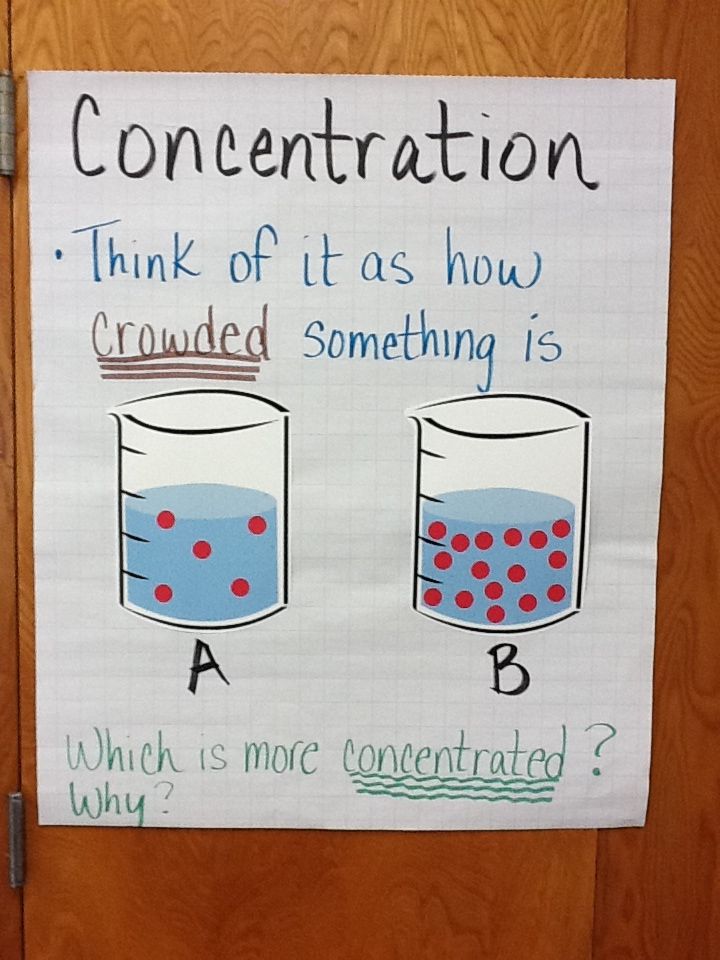How Texas Politics Stand Apart: Key Differences and What They Mean for You
Introduction
Texas has long held a reputation for doing things its own way, and nowhere is this more evident than in its political landscape. From its history of one-party dominance to its unique blend of political cultures, Texas stands out from other states in several important ways. Understanding these differences is key for anyone looking to engage with Texas government, advocate for policy changes, or simply become a more informed resident.
The Legacy of One-Party Dominance
One of the most distinctive features of Texas politics is its long tradition of one-party dominance . For nearly a century following Reconstruction, the Democratic Party controlled Texas politics. This changed dramatically in the late 20th century, as the Republican Party rose to prominence. Since the 1990s, Republicans have held every statewide office, controlled both chambers of the legislature, and dominated the state’s congressional delegation [1] . Even as some commentators suggested shifting political winds in recent years, Republicans have continued to win every statewide election through 2022 [1] .
This extended period of one-party rule shapes how policy is made and how citizens interact with their government. For example, policy debates are often settled within the dominant party, and significant political change can be slow to materialize. For residents interested in participating in the political process, understanding the prevailing party’s platforms and primary elections is often more important than focusing on general elections, where outcomes may be more predictable.
Political Culture: Traditionalistic and Individualistic Influences
Texas is notable for its distinctive political culture , a blend of traditionalistic and individualistic attitudes [4] . The traditionalistic influence stems from the state’s Old South heritage, prioritizing the preservation of social order and viewing government primarily as a means of maintaining stability. This often manifests in lower voter turnout and a tendency for politics to be managed by local elites or those with wealth and influence [1] .
The individualistic culture, meanwhile, emphasizes skepticism toward government intervention and prioritizes private enterprise and local autonomy. Texans often favor limited government and expect individuals to solve their own problems rather than rely on public solutions [4] . For those seeking to influence policy or access government resources, this means there may be fewer large-scale state-run programs than in other states, and a greater emphasis on self-reliance and private initiative.
Structural Differences in Government
Another way Texas stands apart is through its government structure . The Texas Constitution, adopted in 1876, creates a “plural executive” system. Unlike many other states where the governor has broad appointive and executive powers, in Texas many key executive officials-such as the Lieutenant Governor, Attorney General, Comptroller, and others-are elected independently [3] . This limits the governor’s power and diffuses authority throughout the executive branch.

Source: freepik.com
Additionally, Texas operates a part-time legislature that meets in regular session for only 140 days every other year. This is far less frequent than many other large states, which often have full-time or annual legislative sessions [2] . For citizens and advocacy groups, this compressed timeline means that legislative priorities must be addressed quickly, and opportunities for input can be limited. If you wish to influence legislation or track policy changes, it’s critical to monitor the legislative calendar and participate early in the session.
Judicial System: Elected Judges
Unlike some states where judges are appointed, Texas elects the majority of its judges , including those serving on its two highest courts: the Texas Supreme Court (for civil matters) and the Court of Criminal Appeals (for criminal matters) [3] . Judges are chosen in partisan elections, meaning their party affiliation appears on the ballot. This can make the judiciary more directly responsive to political shifts and public opinion, but also introduces the potential for judicial campaigns to be influenced by fundraising and party politics.
If you are seeking information about judicial races, you may find candidate details and court information through the Texas judiciary’s official website or by contacting your local county courthouse. For those considering a judicial career in Texas, it’s important to understand the electoral process and develop community connections that can support a successful campaign.
County and Local Government: Decentralized Power
Texas is divided into 254 counties, each with significant autonomy in administering local affairs [3] . County governments are overseen by commissioners’ courts, which handle budgets, local ordinances, and other administrative matters. Many cities have “home rule” charters, granting them broad authority to manage municipal issues.
This decentralization means that local governments play a larger role in many aspects of daily life compared to states with more centralized authority. If you are interested in local policy, services, or elections, you should contact your county clerk’s office or city government for information on available resources, upcoming meetings, and ways to get involved.
Voter Participation: Historical and Contemporary Trends
Historically, Texas has exhibited low voter turnout compared to national averages, a trend attributed to its political culture and history of disenfranchisement [4] . Barriers to participation, such as earlier poll taxes, white primaries, and other discriminatory practices, reduced turnout among Black, Latino, and poor white voters through much of the 20th century [1] . Though many of these legal barriers have since been removed, turnout remains lower than the national average.

Source: ar.inspiredpencil.com
For individuals seeking to vote or register, you can begin by contacting your county elections office or visiting the Texas Secretary of State’s official website for information about voter registration, polling locations, and ID requirements. If you are a new resident or have questions about your eligibility, staff can provide step-by-step assistance. It’s also possible to find nonpartisan organizations that help with voter registration and education efforts statewide.
Adapting to Change: Demographic Shifts and Political Evolution
Texas’s political landscape is not static. The state has experienced significant population growth-about 4 million people over the last decade-with much of that growth driven by Latino communities [4] . This demographic change has the potential to reshape voting patterns, policy priorities, and party alignments in the coming years.
Advocacy groups, community organizations, and political campaigns are adapting to this shift by investing in outreach, voter education, and bilingual resources. If you are interested in participating in these efforts, you can look for local chapters of national organizations, attend public forums, or volunteer with community groups focused on civic engagement.
Getting Involved: Practical Steps
Whether you are a lifelong Texan or new to the state, there are several practical steps you can take to engage with the political system:
- Contact your local county elections office to verify your voter registration status and learn about upcoming elections.
- Attend city council or county commissioners’ court meetings to understand local issues and voice your concerns.
- Monitor the Texas Legislature’s session calendar and reach out to your representatives early in the legislative process.
- Explore community organizations that align with your values and offer opportunities for civic engagement.
- If you are interested in running for office, study the requirements for your preferred position, connect with mentors, and learn about the filing process through official county or state channels.
For official information about Texas government and elections, search for the Texas Secretary of State’s website or your county government’s official portal. Always verify that you are accessing official and current resources.
Key Takeaways
Texas politics are shaped by a unique blend of tradition, individualism, and rapid change. Differences in party dominance, government structure, voter participation, and local autonomy set Texas apart from other states. By understanding these distinctions and following practical steps for engagement, you can more effectively navigate the Texas political system and make your voice heard.
References
- [1] Wikipedia (2024). Politics of Texas overview and party control.
- [2] Harris County Intergovernmental Affairs (2024). Texas legislative structure and schedule.
- [3] Britannica (2025). Texas government structure and judicial system.
- [4] Angelo State University (2022). Texas political culture and demographics.



